The Shooting Brake, or its modern idiom 'station wagon' had its origins in the early days of the carriage building industry. Alongside the 'dos-a-dos' – literally where seats were back to back, 'vis-à-vis' – literally seating was face to face, 'dog cart', sporty Phaetons – which had high wheels and lightweight bodywork, Landaus, where the body converted to be completely open or closed, a 'Brake' was originally used for drafting horses. Of course, with the arrival of the motor car, many of these styles were converted to horseless carriages, and self propelled vehicles were perfect for the hunting car, or 'Shooting Brake'. Generally when seen on luxurious chassis of the teen era, particularly on Rolls-Royce, the style provided rows of seating facing each other, together with panniers inside or out of the body for storing guns and invariably there was a rack on the top of the vehicle. Unquestionably, by the nature of their commodious as well as practical space, and the nature of their use they were always considered to be sociable vehicles and associated with enjoyment. It isn't surprising therefore that long after the reality of a car which could accommodate 10 people, guns etc. that people still desired to have a more practical and sociable style of car, in the U.S. the 'Woodie Wagon', or 'Town and Country' was its successor. As coachwork became firstly more aerodynamic and secondly, more uniform, the game turned to designing an extended body that looked like a natural extension of the original pure design of the sedan from which it originated. In the U.K. coachbuilders Harold Radford & Co. who were not one of the established 19th Century houses, but moreover was formulated in the late 1940s, quickly became the go to house for tailored Country orientated vehicle conversions. A number of Rolls-Royce and Bentley cars received the 'Countryman' treatment, while the Radford company was also known for luxury styling upgrades to Minis also. They were the natural choice for purchasers of that other esteemed British sportscar brand, Aston Martin, when they wished to have a little more room to play with. Using the British terminology of 'Shooting Brake', there were a dozen DB5s converted by Radford to this specification, eight as right hand drive and four as left. On its successor, the DB6, the Shooting Brake was even more exclusive, six being completed by Radford and a further two by FLM Panelcraft, when gauged against production figures in excess of 1,300, this makes even Volantes seem common. Even among those built, this may be the best spec'd car of all, unusually it was ordered new for the U.S. market, by Aston Martin Lagonda Inc. for James Harrison of Madison Avenue, New York City. Mr. Harrison naturally requested that it be built as a left hand drive car, to desirable Vantage engine specifications and with factory air conditioning. A handwritten note on the original build sheet states "this car converted for Mr. Harrison to Shooting Brake at Radford at his expense and order", it does not note the date of this work but it is believed to have been in 1967/1968 shortly before Radford's demise. It should be noted that this conversion, if sold by Aston was a £2,000 additional fee. As new, the car was delivered in Goodwood Green paint with a Beige Connolly interior, in addition it had chrome wheels with 3 ear knock off hubs, Marchal fog lamps, Bosch Koln radio and power aerial. The DB6 was clearly used in the U.K. as it carried a British registration, 'DGY 344C'. Its maintenance through to October '68 is listed on the Aston Martin service records. Within the period of those first services, its original Vantage engine was replaced by the factory with a correct Vantage unit and its air conditioning was upgraded to a 'Coolair' system. As far as we have been able to ascertain Harrison took delivery in the U.S. in this era and it has remained here ever since. Recorded in the 1992 AMOC registry as being in New York still, the car passed to n
The Shooting Brake, or its modern idiom 'station wagon' had its origins in the early days of the carriage building industry. Alongside the 'dos-a-dos' – literally where seats were back to back, 'vis-à-vis' – literally seating was face to face, 'dog cart', sporty Phaetons – which had high wheels and lightweight bodywork, Landaus, where the body converted to be completely open or closed, a 'Brake' was originally used for drafting horses. Of course, with the arrival of the motor car, many of these styles were converted to horseless carriages, and self propelled vehicles were perfect for the hunting car, or 'Shooting Brake'. Generally when seen on luxurious chassis of the teen era, particularly on Rolls-Royce, the style provided rows of seating facing each other, together with panniers inside or out of the body for storing guns and invariably there was a rack on the top of the vehicle. Unquestionably, by the nature of their commodious as well as practical space, and the nature of their use they were always considered to be sociable vehicles and associated with enjoyment. It isn't surprising therefore that long after the reality of a car which could accommodate 10 people, guns etc. that people still desired to have a more practical and sociable style of car, in the U.S. the 'Woodie Wagon', or 'Town and Country' was its successor. As coachwork became firstly more aerodynamic and secondly, more uniform, the game turned to designing an extended body that looked like a natural extension of the original pure design of the sedan from which it originated. In the U.K. coachbuilders Harold Radford & Co. who were not one of the established 19th Century houses, but moreover was formulated in the late 1940s, quickly became the go to house for tailored Country orientated vehicle conversions. A number of Rolls-Royce and Bentley cars received the 'Countryman' treatment, while the Radford company was also known for luxury styling upgrades to Minis also. They were the natural choice for purchasers of that other esteemed British sportscar brand, Aston Martin, when they wished to have a little more room to play with. Using the British terminology of 'Shooting Brake', there were a dozen DB5s converted by Radford to this specification, eight as right hand drive and four as left. On its successor, the DB6, the Shooting Brake was even more exclusive, six being completed by Radford and a further two by FLM Panelcraft, when gauged against production figures in excess of 1,300, this makes even Volantes seem common. Even among those built, this may be the best spec'd car of all, unusually it was ordered new for the U.S. market, by Aston Martin Lagonda Inc. for James Harrison of Madison Avenue, New York City. Mr. Harrison naturally requested that it be built as a left hand drive car, to desirable Vantage engine specifications and with factory air conditioning. A handwritten note on the original build sheet states "this car converted for Mr. Harrison to Shooting Brake at Radford at his expense and order", it does not note the date of this work but it is believed to have been in 1967/1968 shortly before Radford's demise. It should be noted that this conversion, if sold by Aston was a £2,000 additional fee. As new, the car was delivered in Goodwood Green paint with a Beige Connolly interior, in addition it had chrome wheels with 3 ear knock off hubs, Marchal fog lamps, Bosch Koln radio and power aerial. The DB6 was clearly used in the U.K. as it carried a British registration, 'DGY 344C'. Its maintenance through to October '68 is listed on the Aston Martin service records. Within the period of those first services, its original Vantage engine was replaced by the factory with a correct Vantage unit and its air conditioning was upgraded to a 'Coolair' system. As far as we have been able to ascertain Harrison took delivery in the U.S. in this era and it has remained here ever since. Recorded in the 1992 AMOC registry as being in New York still, the car passed to n
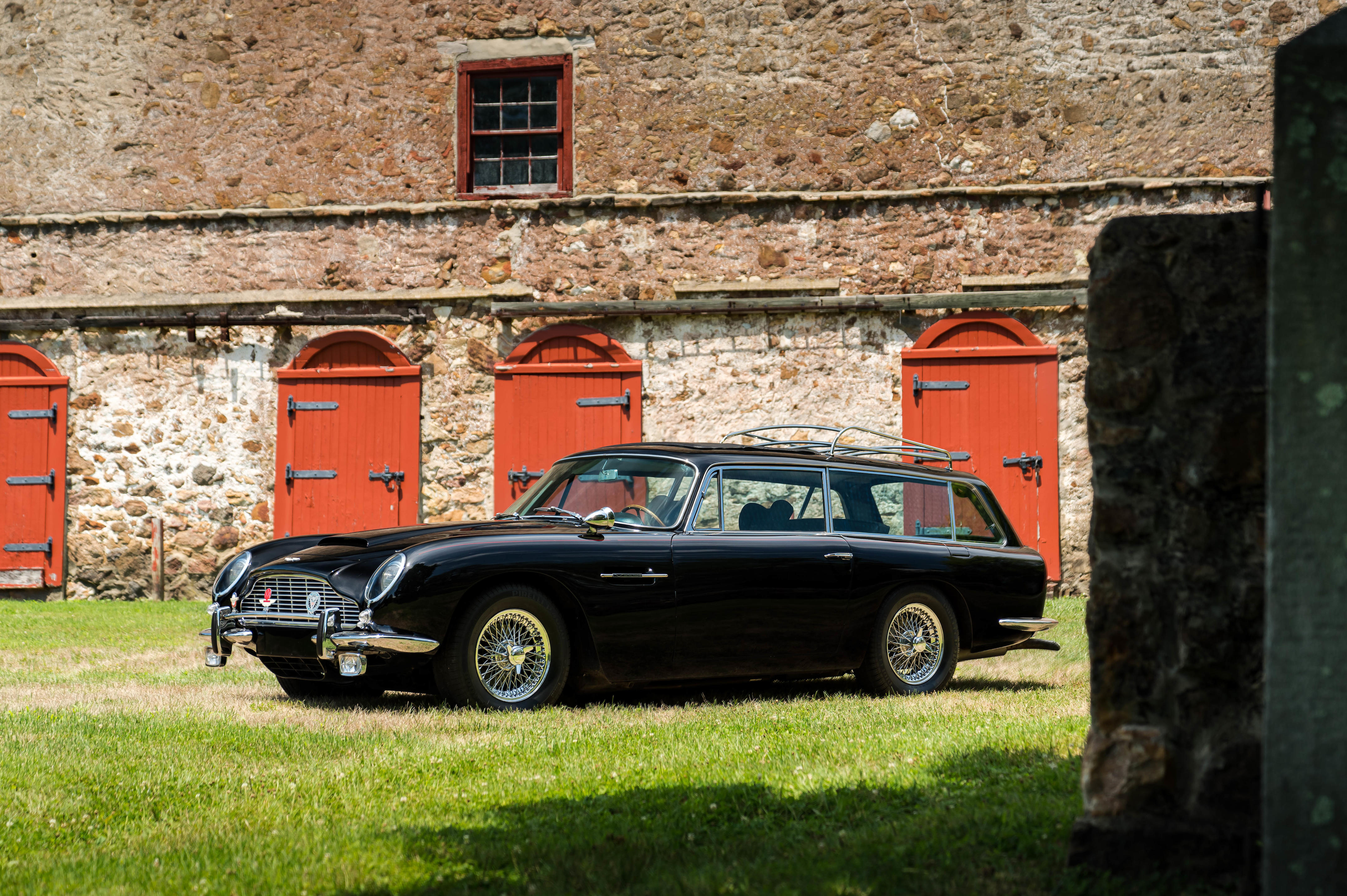

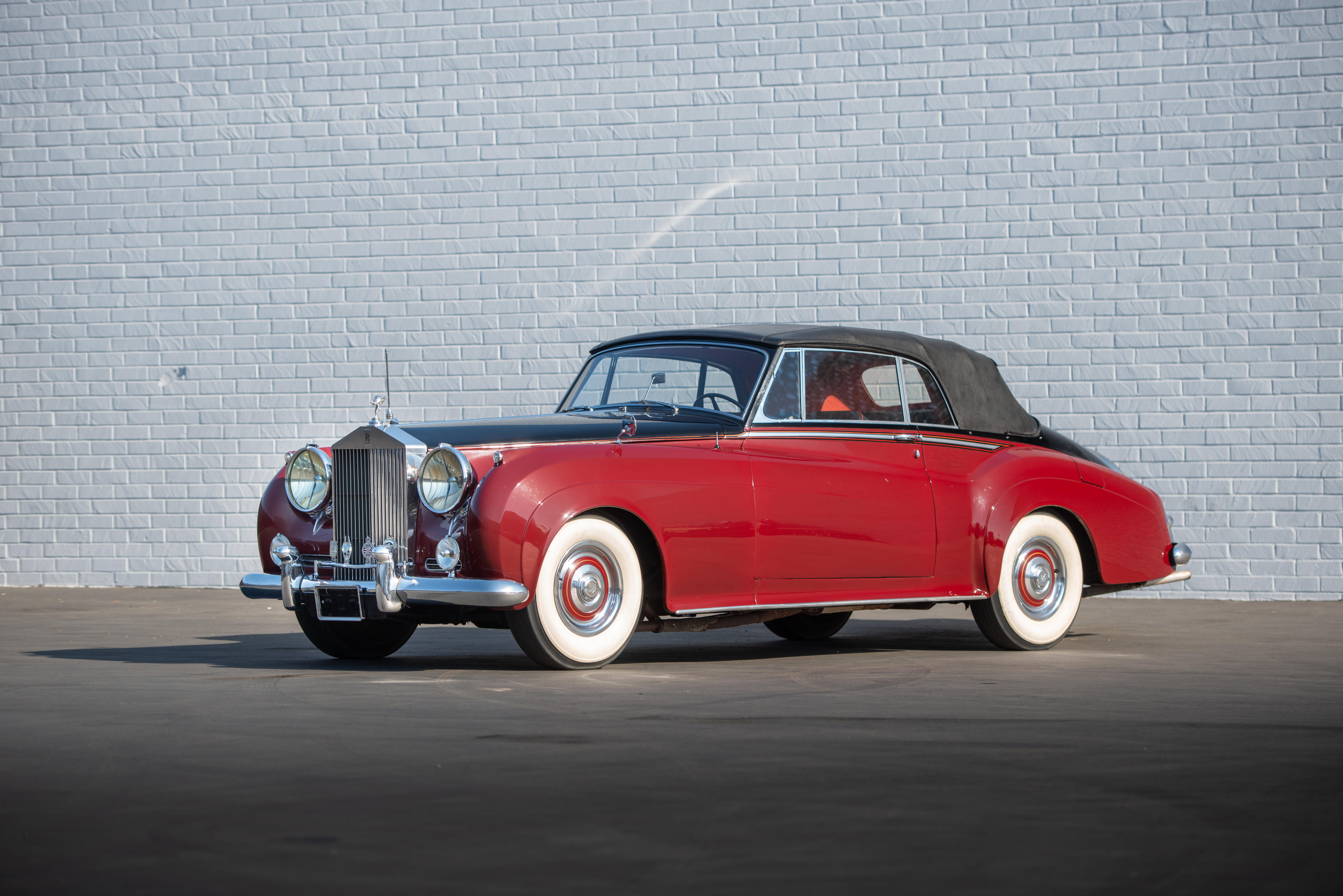
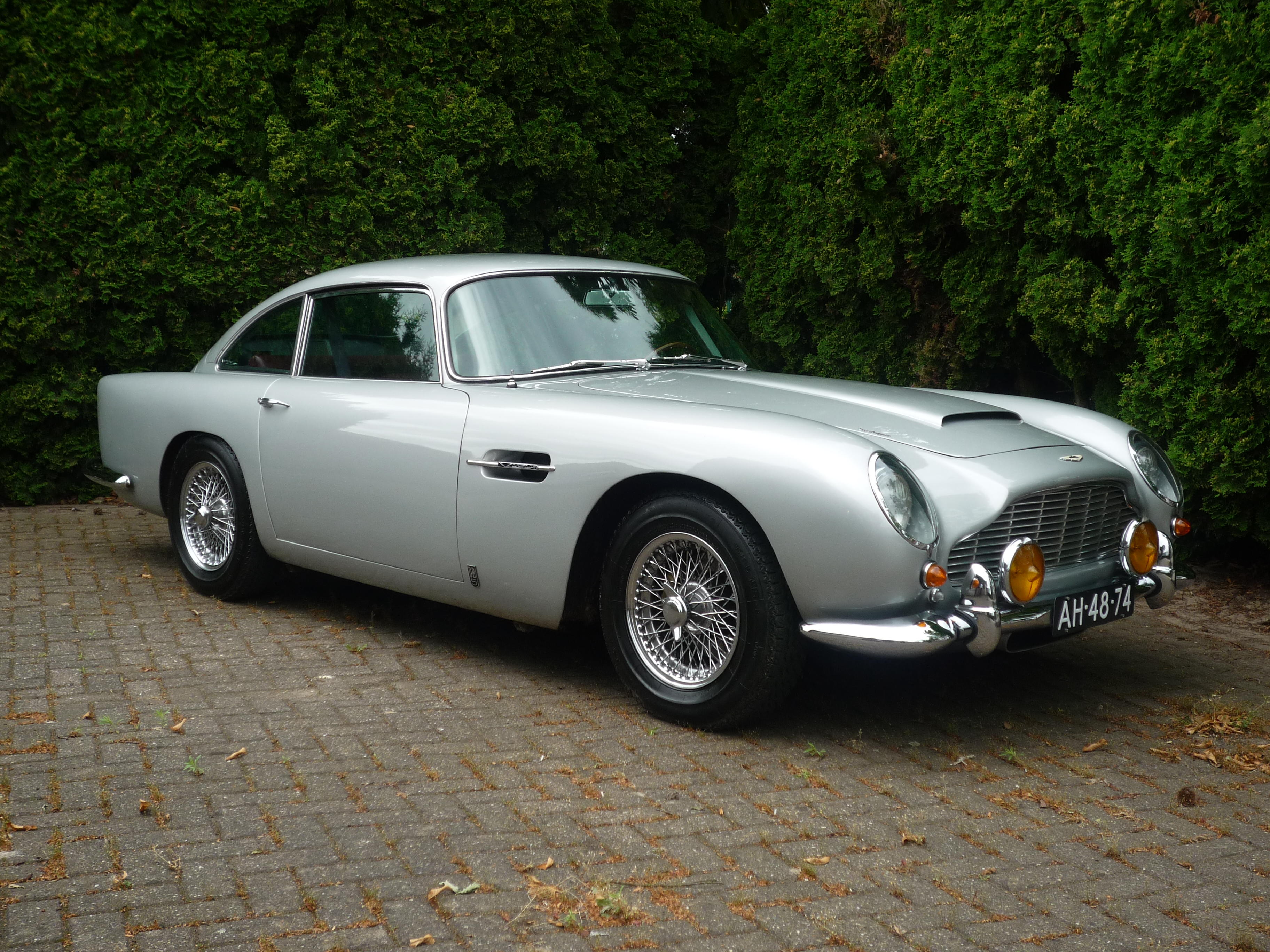
/85391/Internet%20Image%201.jpg)
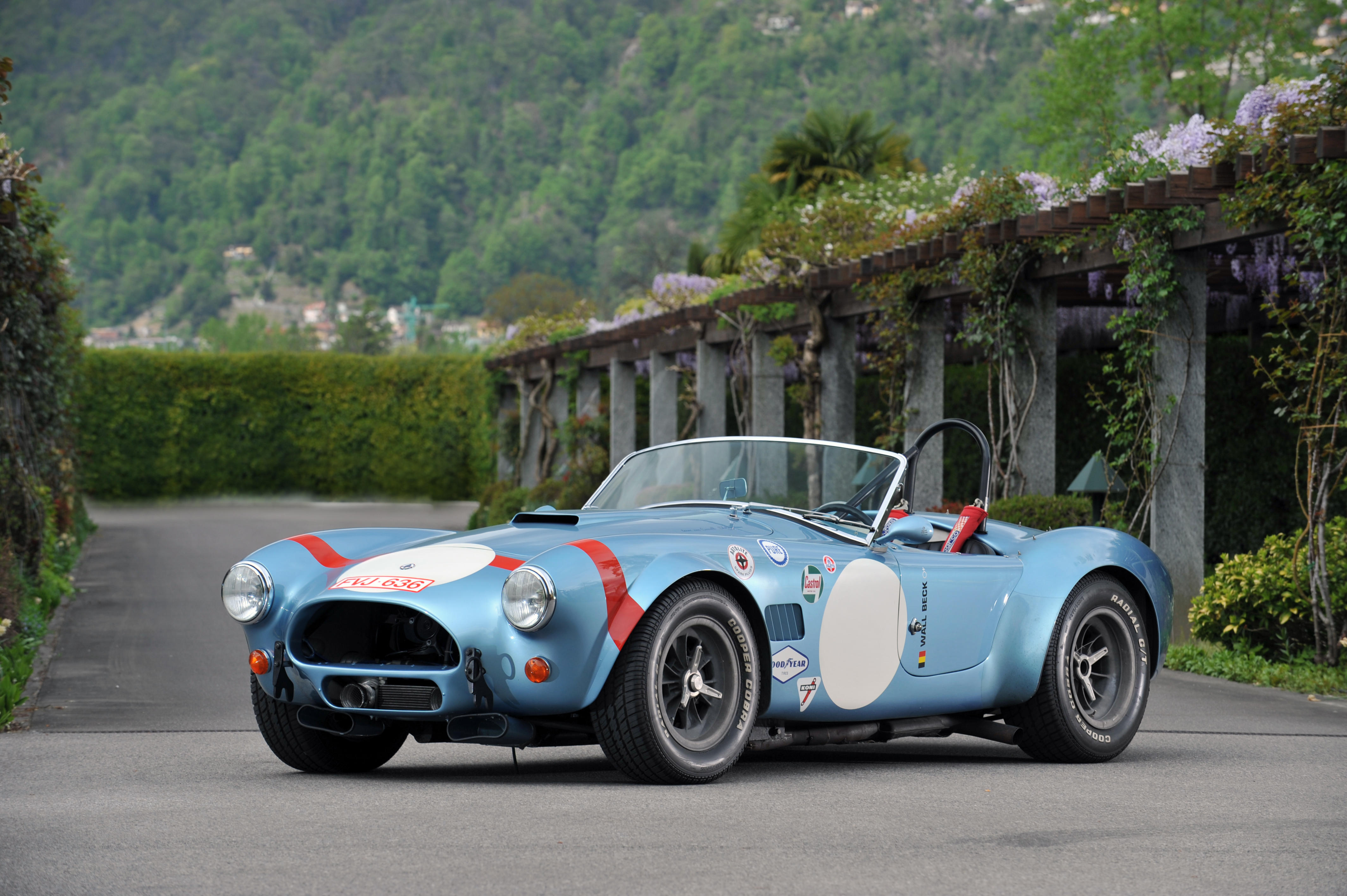
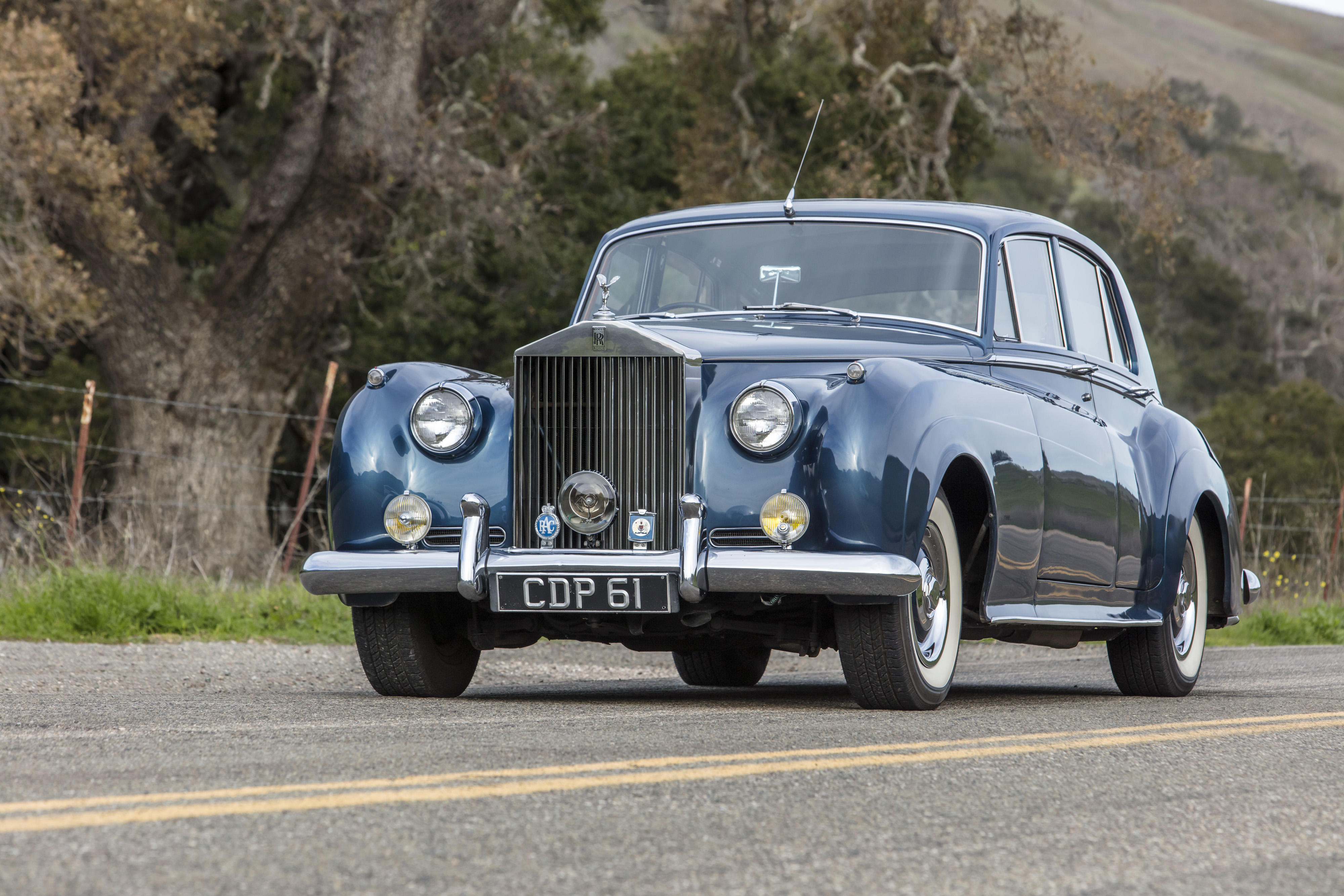



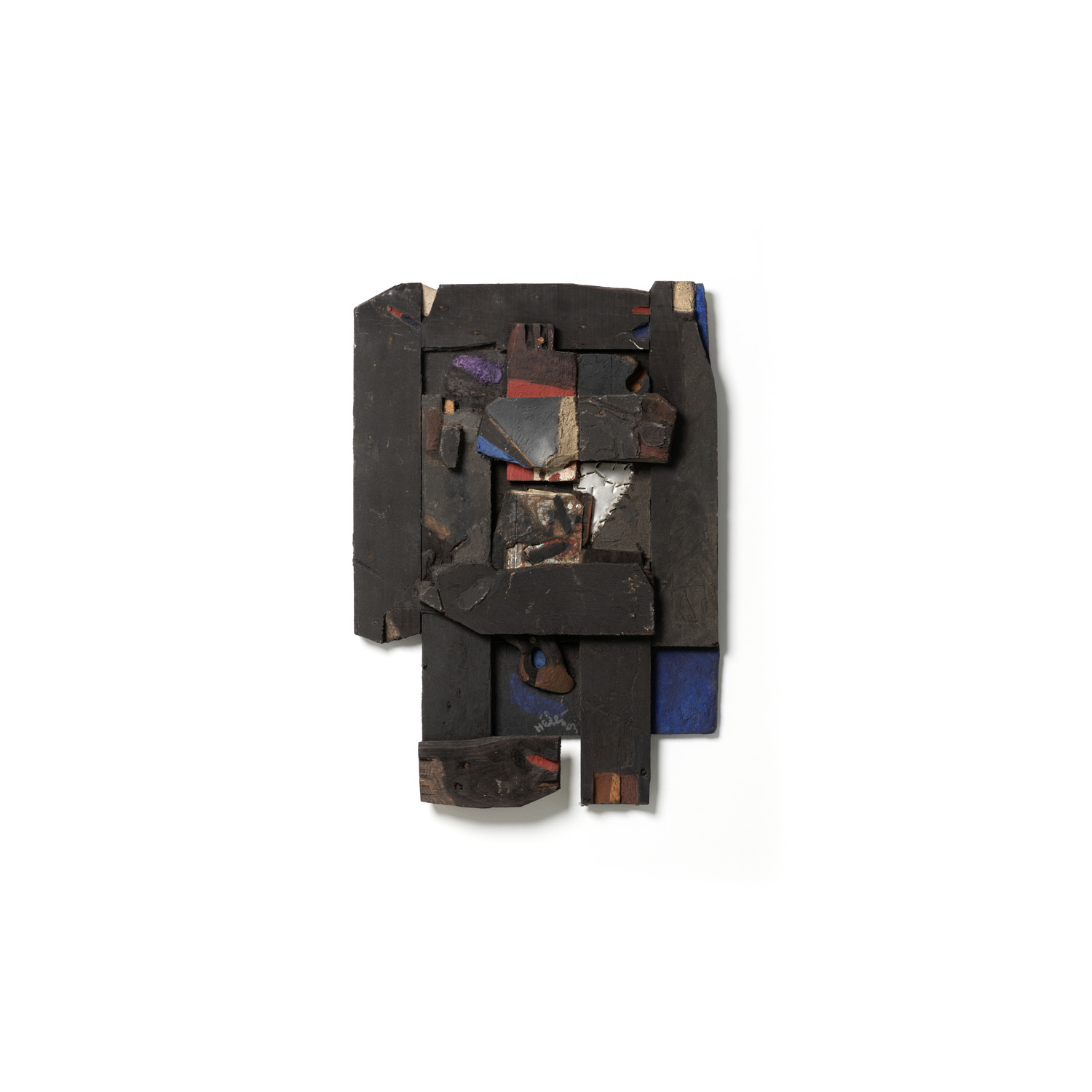
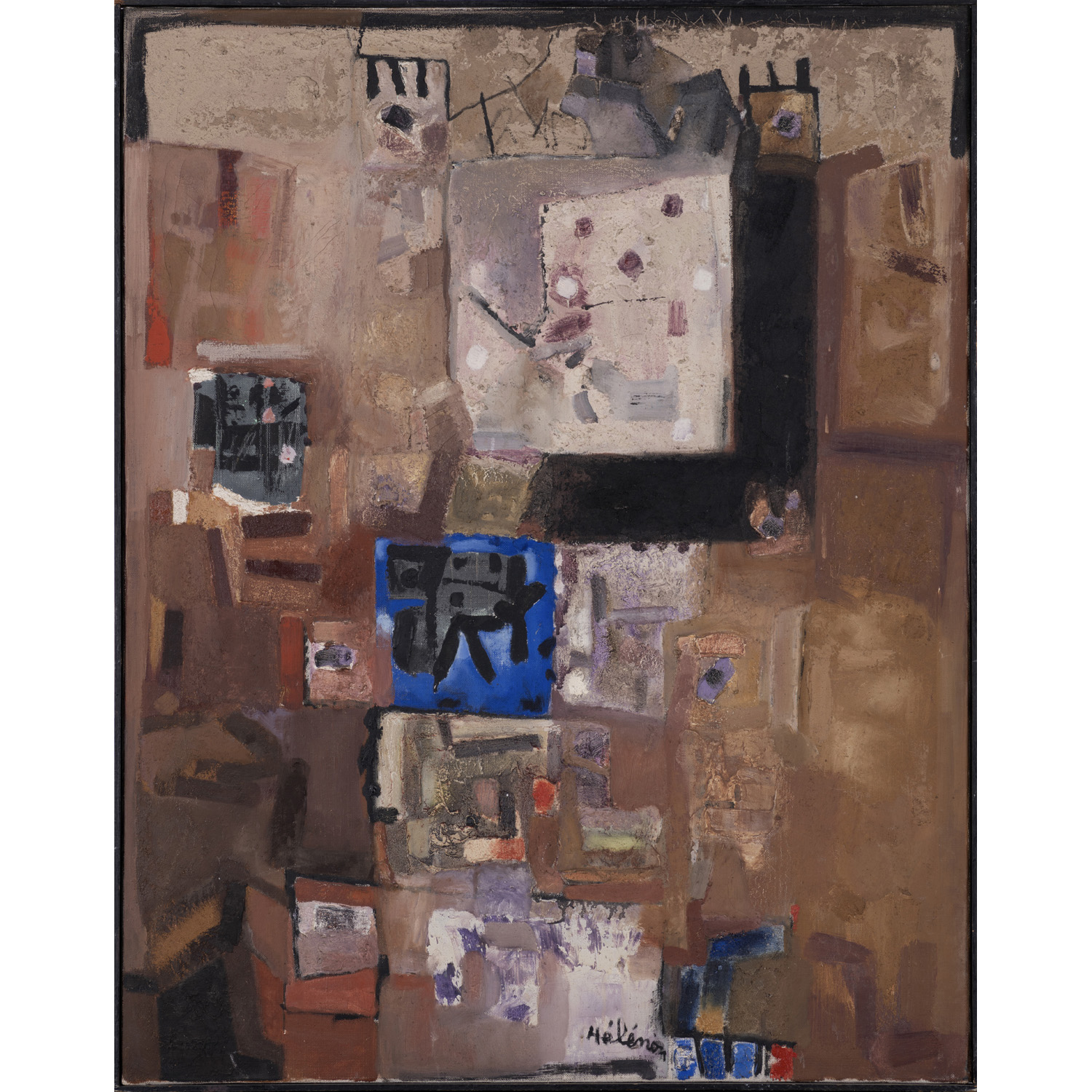



Testen Sie LotSearch und seine Premium-Features 7 Tage - ohne Kosten!
Lassen Sie sich automatisch über neue Objekte in kommenden Auktionen benachrichtigen.
Suchauftrag anlegen